A propane heater or its portable model is one of the best companions for road trips and heating indoor spaces, specifically during winter. However, one of the most important considerations while using a propane heater is to ensure a continuous supply of fresh air that can replace carbon monoxide and prevent respiratory problems.
While both types of heaters are very efficient and handy secondary heat sources, they must be vented carefully when used in a confined space. Plus, you must be extra cautious if you utilize the heater in a garage or mechanical shop surrounded by chemicals and solvents.
To avoid health and other potential hazards, maintain an efficient balance between heat production, oxygen consumption, and adequate ventilation with proper functioning of the propane heater.
Ventilating a Propane Heater
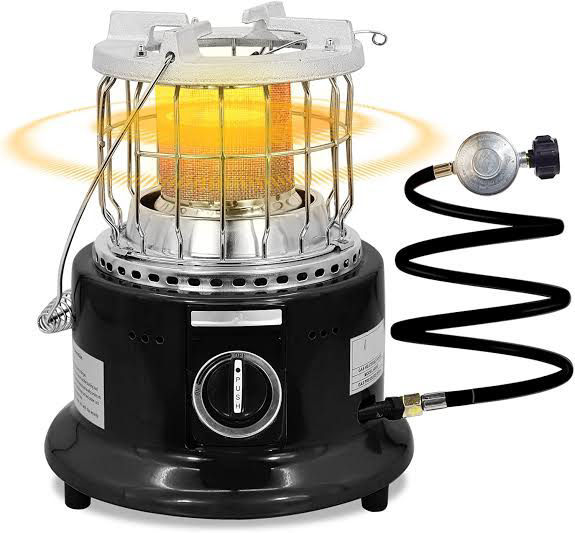
Propane is a clean burning fuel as compared to fossils or coal. It does not leave pollutants; hence, it is popularly used to power a domestic gas stove, fireplace and for several other household purposes. Although it may not emit any contaminants, you need to use a propane heater with enough ventilation, specifically if you are indoors.
Since the heater uses air in the room and emits odorless carbon monoxide, which, when inhaled, can prove detrimental to health, it is advisable to install a detector and prevent major health concerns.
Significance of Ventilation
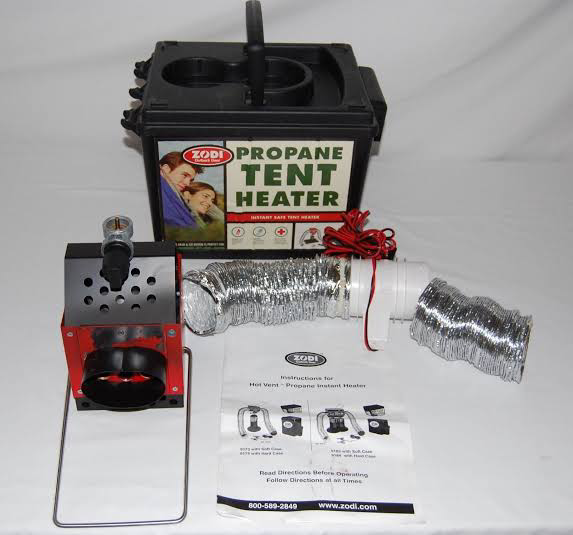
In addition to suffocation and poisoning caused by the accumulation of carbon monoxide, a propane heater needs to be used in a well-ventilated area for optimal functioning. A continuous oxygen supply ensures the safety of the heater and its user. While using a propane heater, a fair amount of soot can dirty the surroundings, and propane burning produces harmful chemicals. Thus, being exposed to combustibles can pose serious health threats.
How Much Ventilation is Needed?
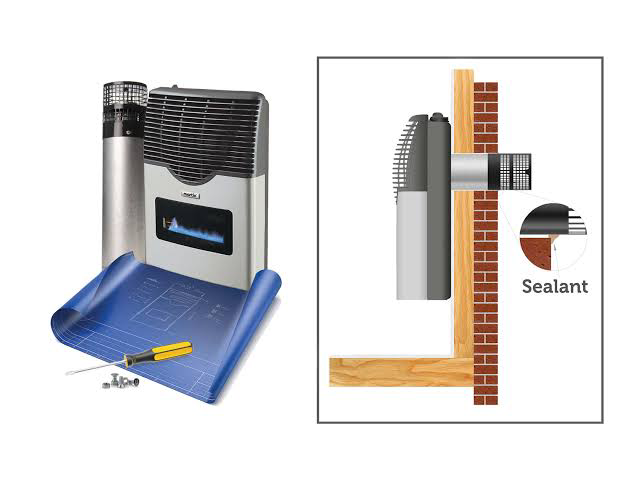
Now that you know how important it is to maintain ventilation during the usage of a propane heater, you might wonder how much aeration is needed exactly. While there is no specific amount of air needed, it is necessary that you allow enough movement of fresh air in a closed space. If you use a portable ventless heater indoors, you can keep the door or window open for air to pass through the space.
However, suppose the heater is being used in a small area. In that case, it is advisable to keep a major ventilation source open and keep the room aerated throughout unless you are not planning to use the heater for an extended period. Once you turn the heater off, you need not worry about the emission of harmful gases. However, if you smell something unusual, it is best to reopen the doors and windows until the entire area is aerated.
Venting Essentials
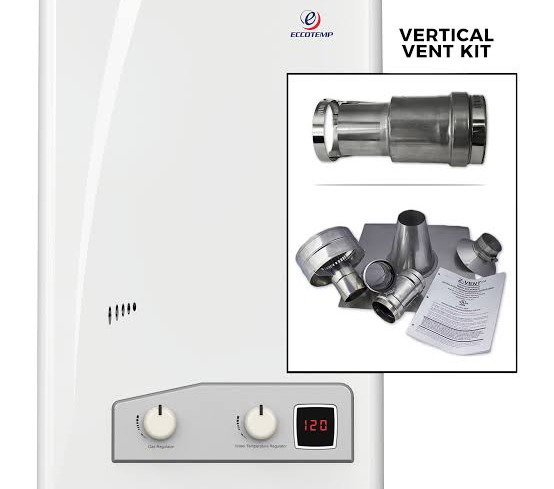
Before you vent any propane heater, look for its instruction manual to get an appropriate length and diameter of the hose to mount a vertical vent. To prevent health risks and other pitfalls, install a carbon monoxide detector and use an oxygen indicator to signal depleting levels.
Also, pay attention to the size of the room or overall area since bigger spaces need more heating and added space for air circulation. Based on this factor, you can choose an appropriate heater with high BTU ratings and ensure better ventilation to meet additional heat demands.
Best Ventilation Strategies
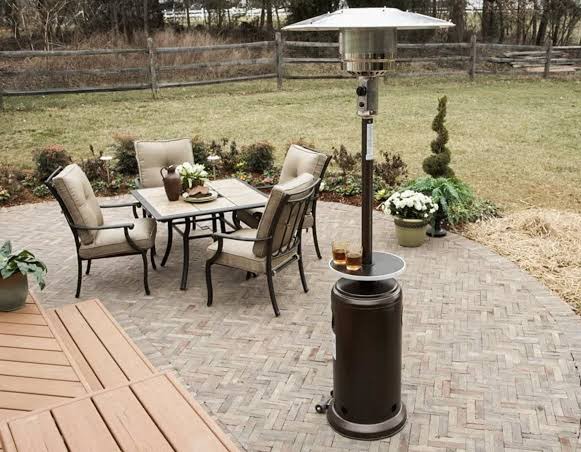
Besides opening doors and windows to allow fresh air to circulate the space, you must regularly monitor the situation, remove combustion byproducts, and ensure sufficient air exchange. In cases where natural aeration is not sufficient, use exhaust fans to purify air.
Also, check the vents are free of dust, dirt, and other obstructive particles that may cause breathing problems. To avoid other health and operative errors, carry out routine maintenance to repair or replace damaged parts of the heater.
Safety Concerns with Different Heaters
Depending on the type of propane heater, there are unique ways to vent it and ensure an optimal continuous supply of fresh air. Indoor models are designed to operate with minimal ventilation, and its automatic feature switches the heater off when oxygen levels drop.
You can also use vent-free heaters that reduce carbon monoxide production and do not require external aeration. If you have a chimney setup, direct-vented heaters can expel combustion outdoors and prevent the accumulation of harmful gases. However, deciding between propane vs. kerosene heaters is crucial if you need heat in an open-air patio or garden setting, as outdoor propane heaters are generally considered safe without worrying about air circulation, offering distinct advantages in outdoor use compared to their kerosene counterparts.
Final Thoughts
Whether using a propane heater for your recreational vehicle or indoor domestic spaces, maintaining adequate ventilation is crucial. Besides preventing carbon monoxide poisoning and other respiratory issues, familiarise yourself with and understand all the safety features of your particular model of propane heater for its optimal functioning.
In addition to creating a well-ventilated space, you can use external aerating devices, additional exhaust fans, and other safety essentials that prevent the accumulation of harmful combustibles, their byproducts, and other pollutants.
For maximum safety with direct vent or ventless indoor heaters, ensure the oxygen sensor is installed and indicates low oxygen levels efficiently.
Frequently Asked Questions
Is It Safe to Sleep When The Propane Heater Is Switched On?
While propane heaters for indoor purposes have a built-in ODS (Oxygen Depletion Sensor) and automatic shutdown switch, they should not be left unattended for long. So it is best to switch off the heater before you sleep.
How Do You Know if The Space Is Properly Ventilated?
While using a propane heater in humid locations, check the heater’s flame. The space may not be aerated properly if it is yellow or orange.

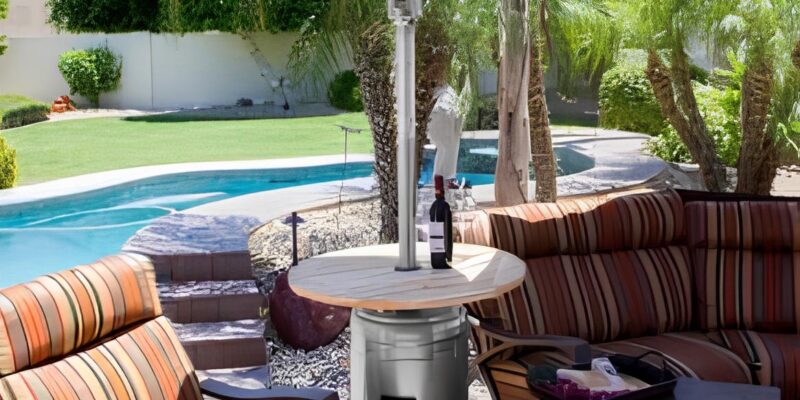
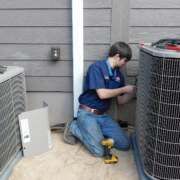
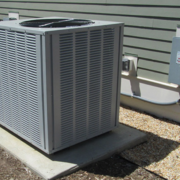
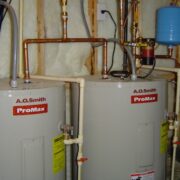
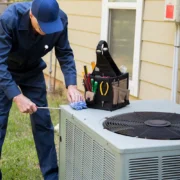
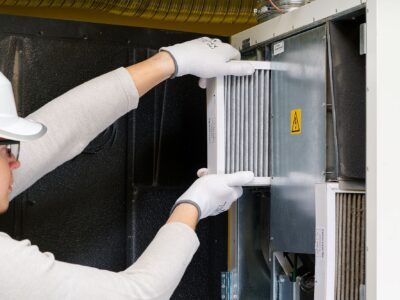
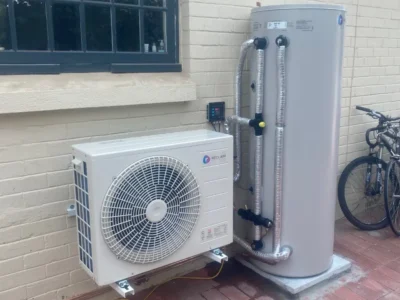
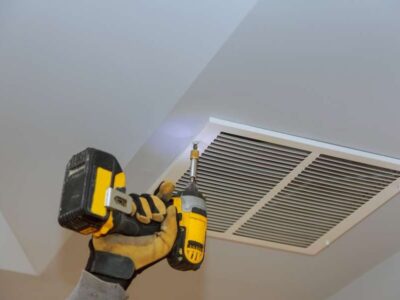
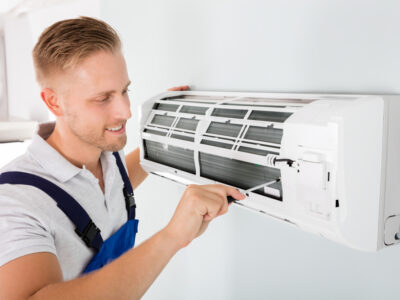


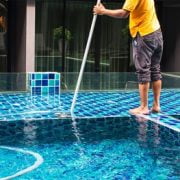

Comments